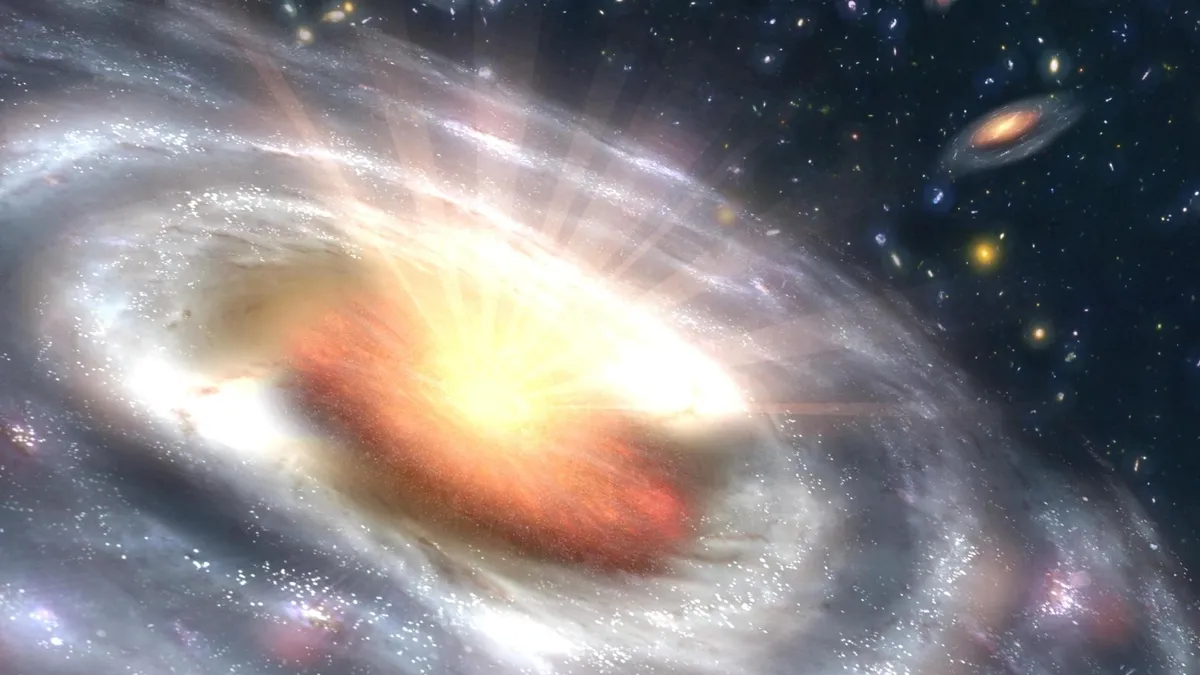
In an exciting advancement for the field of astrophysics, researchers have successfully created a black hole bomb in the laboratory for the first time. This groundbreaking achievement follows the theoretical framework established by physicists William Press and Saul Teukolsky in 1972, who described a phenomenon where mirrors surround a rotating black hole, reflecting and exponentially amplifying waves emanating from it. The recent study conducted by a collaborative team from the University of Southampton, the University of Glasgow, and the Institute for Photonics and Nanotechnologies at Italy's National Research Council has experimentally verified this theoretical concept.
This innovative research is crucial for astrophysicists as it enhances our understanding of how black holes spin. The findings were shared on the preprint server Arxiv on March 31 and are pending peer review. The theoretical groundwork for this research can be traced back to earlier studies conducted by notable physicists. In 1969, Sir Roger Penrose, a British mathematical physicist and Nobel laureate, proposed a method for extracting energy from rotating black holes, a process known as black hole superradiance. Following this, in 1971, Belarussian physicist Yakov Zel'dovich expanded on Penrose's ideas, realizing that under specific conditions, a rotating object could amplify electromagnetic waves, a phenomenon that has since been termed the Zel'dovich effect.
In their recent experiments, the research team utilized the Zel'dovich effect to create a laboratory model of the black hole bomb. They employed an aluminum cylinder, which was rotated by an electric motor, and surrounded it with three layers of metal coils. These coils generated and reflected a magnetic field back towards the cylinder, effectively acting as mirrors. When the researchers directed a weak magnetic field at the rotating cylinder, they observed a remarkable phenomenon: the field reflected by the cylinder was significantly stronger, an indication of superradiance.
Upon removing the initial weak magnetic field from the coils, the circuit generated its own electromagnetic waves, which the spinning cylinder amplified, resulting in a significant energy accumulation. The interplay between the cylinder's rotational speed and the amplified magnetic field showcased the full effect of the Zel'dovich effect. Notably, Zel'dovich had predicted that a rotating absorber—like the cylinder—would transition from absorbing energy to amplifying it if its surface moved faster than the incoming wave, a prediction the experiment successfully demonstrated.
Study co-author Maria Chiara Braidotti, a physics research associate at the University of Glasgow, expressed the importance of this work, stating, "Our research brings this prediction fully into the lab, demonstrating not only amplification but also the transition to instability and spontaneous wave generation." Her colleague, Marion Cromb from the University of Southampton, shared the excitement of the experiment, noting, "We sometimes pushed the system so hard that circuit components exploded. That was both thrilling and a real experimental challenge!"
While the researchers did not create a genuine black hole, their analog experiment illustrates the critical concept that rotational superradiance and exponential amplification are universal phenomena, applicable beyond the realm of black holes. This model will significantly aid physicists in understanding black hole rotation, along with concepts at the intersection of astrophysics, thermodynamics, and quantum theory. Braidotti emphasized that the research is currently under review for publication in a peer-reviewed journal, highlighting its potential impact on the scientific community.